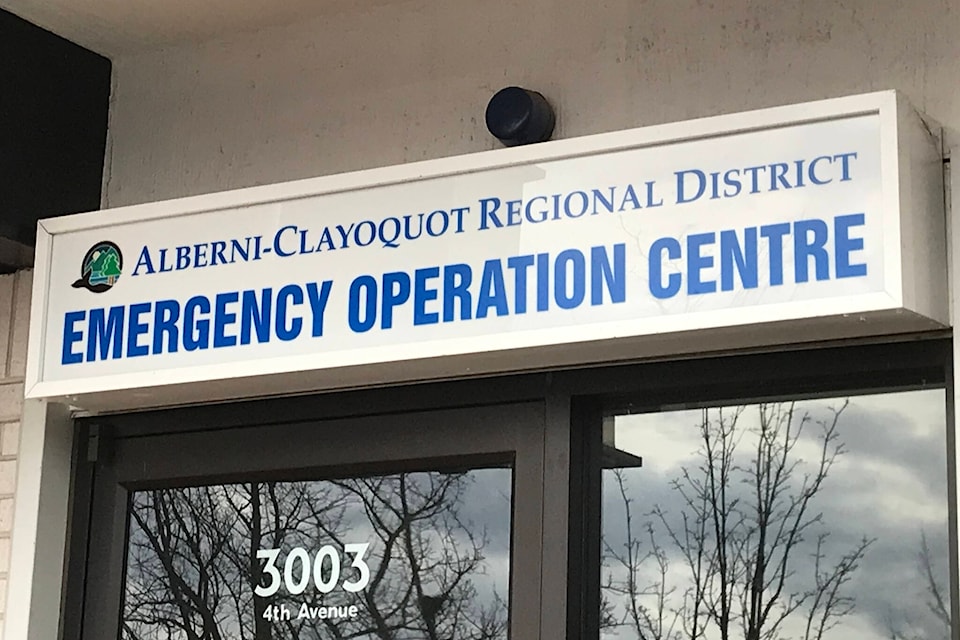The Alberni Valley has a new evacuation route plan.
The Alberni-Clayoquot Regional District—along with partners Tseshaht First Nation, Hupacasath First Nation and the City of Port Alberni—received a grant from UBCM in 2020 to create an official evacuation route plan for the Alberni Valley. The ACRD hired consulting firm Calian Ltd. to develop this plan.
Consultants reviewed existing plans and provincial guidelines, then conducted stakeholder engagement. This included various community engagement sessions and an online survey that garnered 399 responses from community members, who provided their input on evacuations.
Vanessa Howard of Calian Ltd. presented the final report to the ACRD board on March 9.
She explained that the evacuation route plan breaks up the Alberni Valley into “manageable” geographic areas, or zones.
“What the zones do is help decision makers understand the main route through the zone,” said Howard. The plan includes a list of the major infrastructure in each zone (including schools and care facilities), the population of each zone and the time it will take to evacuate the zone.
Each zone includes various muster points and potential reception centres, as well as alternative routes if a main evacuation route is not available.
“During our analysis, it became clear that the most likely event that would cause an evacuation would be the people needing to move from one area of the Alberni Valley to another area of safety within the Alberni Valley,” said Howard.
This is the focus of the plan, she said, but the plan also looks at what would happen if the full Alberni Valley needed to be evacuated. Such an event, said Howard, would likely involve the use of industrial roads, public highways and—in some instances—a combination of marine and air transport. It would require significant coordination with provincial and private stakeholders.
“This document is intended to be a living document, and it’s going to be updated by emergency management staff on an ongoing basis,” said Howard. This will allow it to continue to evolve as the community grows.
The Alberni Valley Emergency Program has plans this year for some evacuation-focused training for emergency response agencies. The program also plans to develop and distribute an evacuation brochure for public information.
In the meantime, the full evacuation route plan and maps of each zone are available to view on the ACRD’s website at www.acrd.bc.ca/evacuation-plan.
